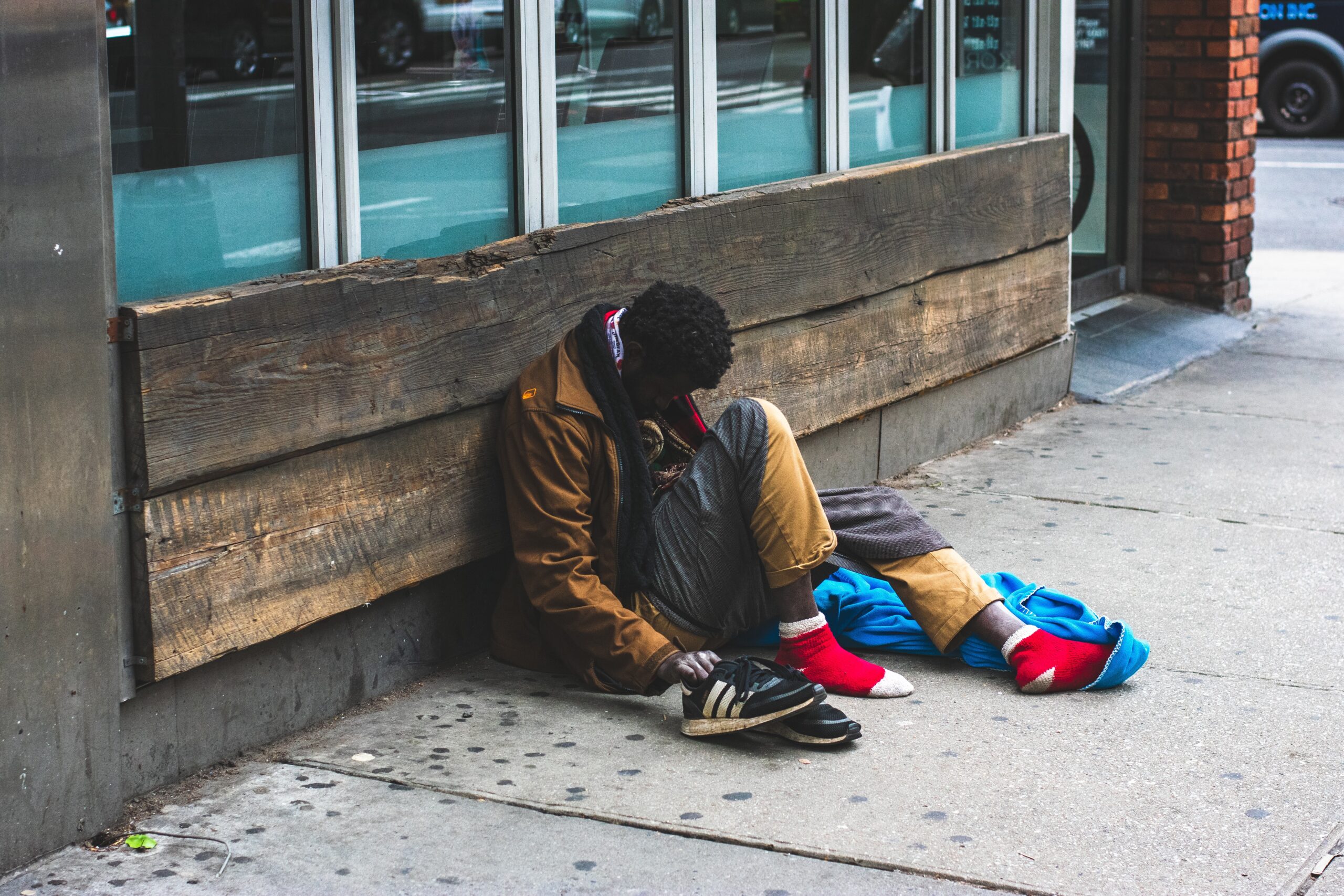An increase in the number of homeless persons is being seen up and down Vancouver Island and on the Sunshine Coast in recently released Point-in-Time homeless counts.
The province says they did counts in 20 communities across B.C. this year with BC Housing, Ministry of Housing and the Homelessness Services Association of BC. They add the counts provide a snapshot of people experiencing homelessness over a 24-hour period.
To be identified as experiencing homelessness, the province says an individual must not have a place of their own where they pay rent and can expect to stay for at least 30 days.
If people were staying in homeless shelters and transition societies, they were considered “sheltered.” They were considered “unsheltered”, they were staying in alleys, parked vehicles, or couch surfing.
On Vancouver Island, counts were done in Campbell River, the Comox Valley, Port Alberni and the Parksville/Qualicum area. Counts were also done in Powell River, Sechelt and Gibsons on the Sunshine Coast.
For Powell River, it was the first time a count had been done in the area. According to the report, 126 people were identified as homeless. Of those, 74 per cent were considered unsheltered, while 26 per cent were sheltered.
The other communities had more than one homeless count in recent years, showing an increase across the board.
Compared to the last count in Sechelt in 2020, 97 people were identified as homeless. That represents a 15 per cent increase and of those, 77 per cent were unsheltered while 23 per cent were.
More drastic increases were seen on Vancouver Island. The Parksville/Qualicum area saw an 18 per cent increase with over 100 people identified as homeless. However, 96 per cent of them were unsheltered with only four per cent finding some form of shelter.
A near 70 per cent increase was recorded in Campbell River compared to the last count done in 2021 for 197 people identified as homeless. Of those, 57 per cent were considered unsheltered while 43 per cent had shelter.
The largest increase of all was seen in the Comox Valley. In 2020, 132 people were identified as homeless. However, this year’s count revealed 272 people were experiencing homelessness which means an increase of 106 per cent.
However, when compared to other areas the Comox Valley had the highest amount accessing shelter with 35 per cent unsheltered compared with 65 per cent sheltered.
The last Point-in-Time count in the Cowichan Valley was done in April. With the results released in June, it showed a 73 per cent increase with 223 homeless up from 129 in spring 2020.
Across all the counts, however, similar results were recorded with around 60 per cent of those identified as homeless identifying as male.
Furthermore, anywhere between 59 and 74 per cent were adults between the ages of 25 and 54-years-old, around 10 per cent identified as 2SLGBTQIA+ and between 18 and 50 per cent identified as Indigenous.
The studies also showed that of all the reasons for housing loss, the most common was not having enough income at anywhere between 33 and 56 per cent. That was followed by substance use and mental health issues.
Following the release of the results, the province said the counts show increased supports and services are needed to prevent and address homelessness in B.C. communities.
“The results of these counts reinforce our belief that more needs to be done to help the most vulnerable members of our communities,” said housing minister Ravi Kahlon. “Because of global inflation, cities across North America are seeing an increase in vulnerable populations.”
The province adds that data from these counts will be combined with five federally funded and two independent counts to produce a full 2023 report on homeless counts to be released this winter.






